Projects | Biomechanics Lab | NC State ISE
Biomechanics Projects
Exploring a Novel Visuo-Haptic Interface for Physics Education
Physics is a fundamental science discipline that supports various STEM fields and serves as a cornerstone for technological workforce proficiency. However, it has a reputation as one of the most academically challenging subjects. Students often struggle to grasp foundational mechanics concepts, such as force and moment, due to their abstract nature.
This project focuses on creating a low-cost force-sensing platform that measures both 3D contact and non-contact forces and moments. The platform will integrate with a tablet computer using augmented reality (AR) to visualize these forces and moments in 3D. This innovative approach aims to make abstract concepts more tangible and engaging for students. The National Science Foundation (NSF) supports this research under grant number 2418374.
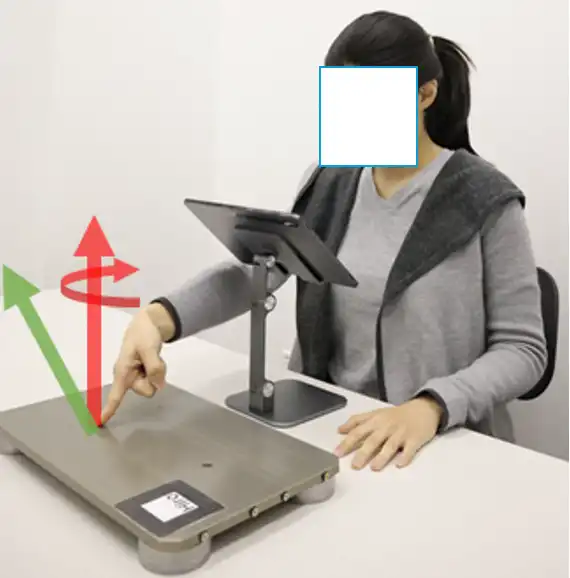
Promote worker’s safety awareness during human-robot collaboration
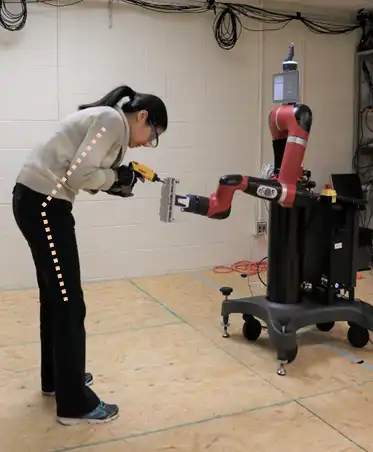
Human-robot collaboration has become a growing work configuration. In this setup, human workers and collaborative robots share the same workplace and perform tasks side by side. To improve safety, this project examines how workers’ safety awareness and mental stress respond to co-robot appearances and actions.
The team aims to develop and evaluate intervention methods that use co-robot actions to enhance workers’ safety awareness and mental health. These strategies will help create safer and more efficient collaborative environments. This research is supported by NSF 2024688.
Enhance the cross-support of data science and biomechanics in undergraduate education and projects
Biomechanics studies the movement of living beings using motion data and mechanical sciences. Data science, on the other hand, uses scientific methods and algorithms to extract insights from data. This project bridges these fields by enabling students to become both creators and analyzers of body movement data.
To achieve this, the team has developed two mobile apps: MY-DATA, for learning data science, and MOBL, for studying biomechanics. These tools allow students to apply data science methods to analyze personally relevant datasets. The NSF supports this research under grant number NSF 2013451.
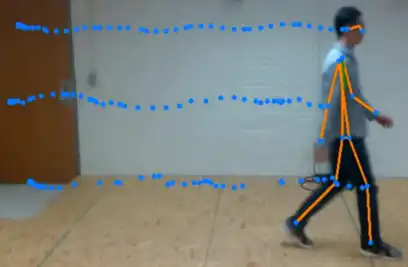
Visualize biomechanical exposure in augmented reality

This study aims to design and develop an immersive approach using augmented reality (AR). The goal is to educate workers about biomechanical exposures and encourage them to adopt safe body movements during occupational tasks. This approach helps reduce the risk of musculoskeletal disorders by combining education with technology. The NSF supports this research under grant number 1822477.
Vision-based ergonomic assessment through automated pose detection
Traditional methods for assessing musculoskeletal disorder (MSD) risk exposure rely on pen-and-paper observational techniques. These methods are time-consuming and highly dependent on the observer’s experience. This project applies computer vision algorithms to automatically determine a worker’s exposure level, such as their RULA score, directly from images. The team has also created a multimodal benchmark dataset that includes human kinematics data synchronized with videos of participants performing occupational tasks. This dataset, called MOPED25, is publicly accessible. The NC Occupational Safety & Health Education & Research Center NC OSHERC) [Video] supports this research.
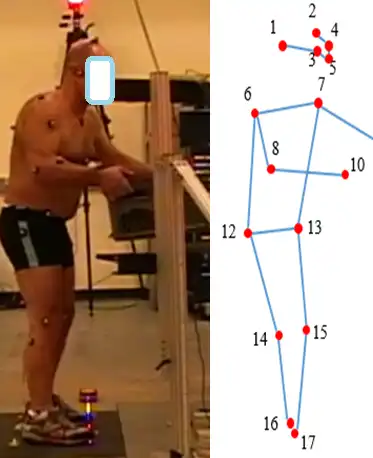
Inferring driving distraction through driver’s body motion
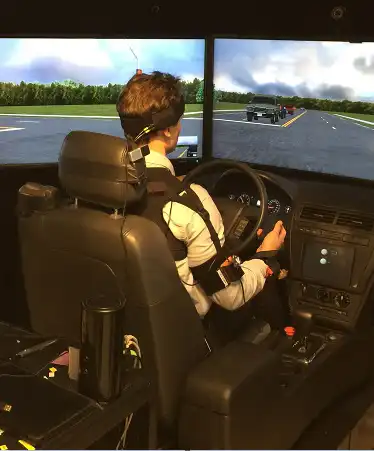
Driver distraction remains a significant issue in transportation safety. This study applies deep neural networks to human kinematics data and images to identify distracted driving behaviors. These findings can inform the design of distraction mitigation strategies for intelligent vehicles. This research is funded by NCSU Research and Innovation Seed Funding (RISF).
